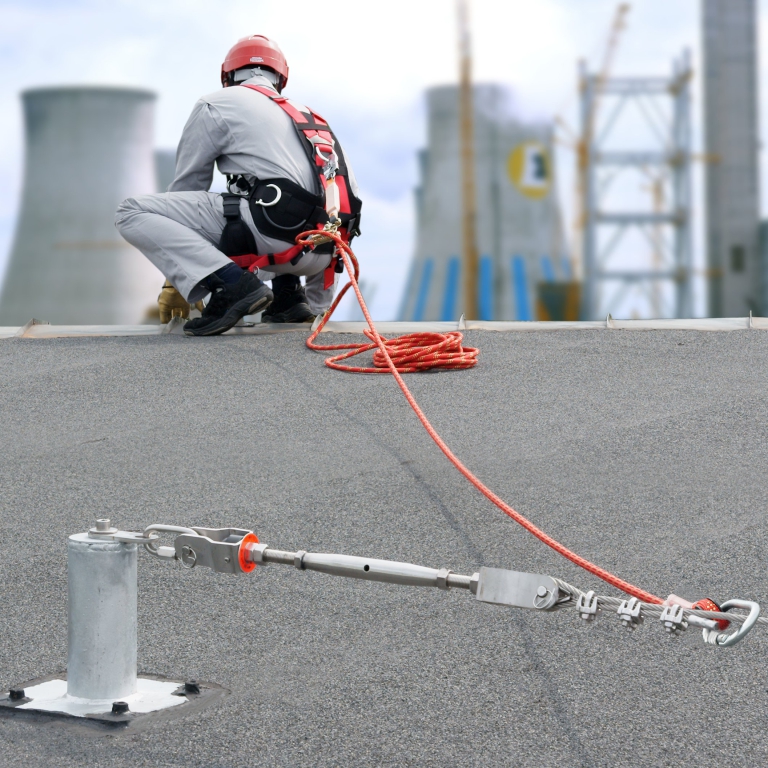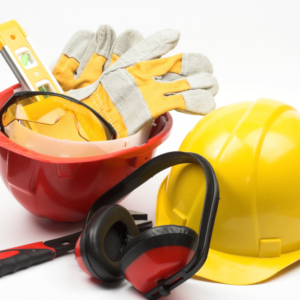Working at heights is an unavoidable aspect of many jobs in construction, maintenance, and other industries. However, it is also one of the most hazardous work environments, with falls being the leading cause of workplace fatalities. Therefore, it is crucial to take adequate measures to ensure the safety of workers who work at height. One of the most effective ways to prevent falls is by using anti-fall devices. In this blog, we will explore why an anti-fall device is necessary when working at height.
What are Anti-Fall Devices?
Anti-fall devices are equipment or systems designed to prevent falls or reduce the risk of injury in case of a fall. They are commonly used in construction, maintenance, and other industries where workers perform tasks at height. Anti-fall devices come in different types, including:
- Fall arrest systems: These devices are designed to stop a fall in progress, minimizing the impact of the fall and preventing the worker from hitting the ground.
- Safety harnesses: Safety harnesses are worn by workers and are attached to an anchor point using a lanyard. They are designed to prevent falls and reduce the risk of injury in case of a fall.
- Guardrails: Guardrails are barriers installed around the perimeter of a work area to prevent workers from falling off the edge.

Why are Anti-Fall Devices Necessary?
- Prevention of falls: Anti-fall devices are designed to prevent falls from height, which is the leading cause of workplace fatalities. By using anti-fall devices, workers can perform their tasks safely, reducing the risk of accidents and injuries.
- Compliance with regulations: There are strict regulations in place regarding the use of anti-fall devices in the workplace. Failure to comply with these regulations can result in fines, legal action, and, most importantly, worker injuries and fatalities.
- Increased productivity: When workers feel safe and secure while working at height, they can concentrate on their tasks without worrying about the risk of falling. This can increase productivity and efficiency, leading to better job performance and outcomes.
- Reduced insurance costs: By implementing effective safety measures, including the use of anti-fall devices, employers can reduce their insurance costs. Insurance companies often offer lower rates to companies that have comprehensive safety programs in place.
Conclusion
In conclusion, anti-fall devices are necessary when working at height. They are designed to prevent falls, reduce the risk of injury in case of a fall, and ensure compliance with regulations. Employers should prioritize the safety of their workers by implementing comprehensive safety programs, including the use of anti-fall devices. By doing so, they can improve productivity, reduce insurance costs, and most importantly, prevent workplace fatalities and injuries.


